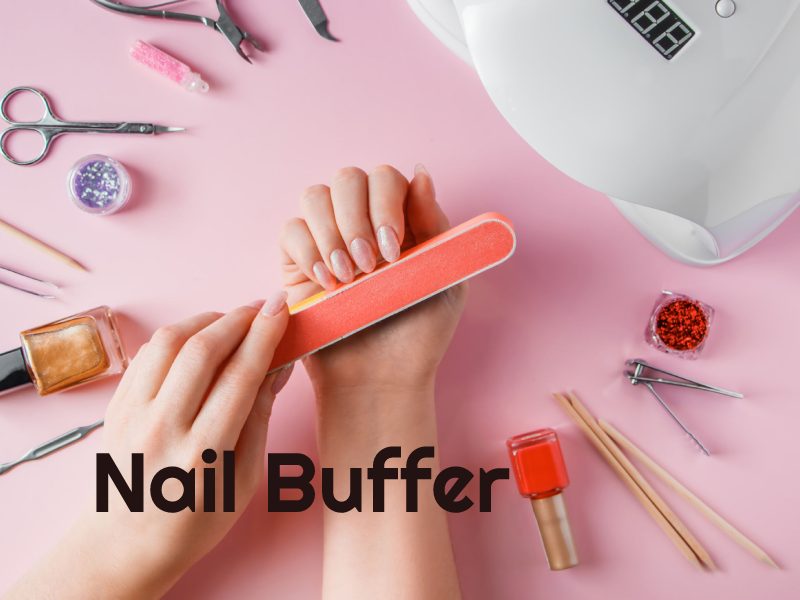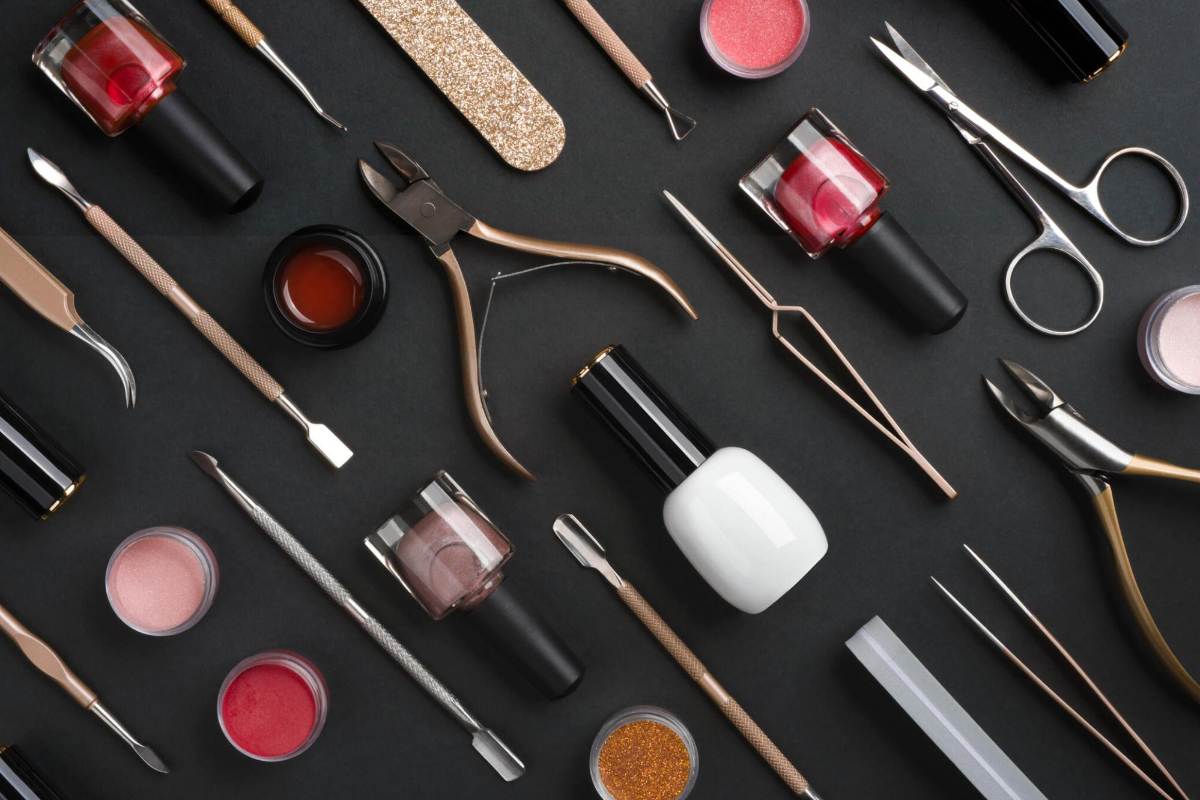Equipment for manicure and pedicure
Table of Contents
Equipment For Manicure And Pedicure – Benefits- Tips And Techniques
Don’t you decide how you maintain your hands and feet is a sure indicator of your hygiene and overall health? Nobody likes dirty feet or hands and giving them proper care and attention is crucial, just as you would your face or teeth.
Manicures and pedicures are equally vital for both women and men. Did you know that hands can quickly tell your age? If we want to keep our hands and feet young, clean and healthy, please enjoy a regular manicure and pedicure routine because I will tell you how essential it is and what the primary and critical manicures are pedicure tools. So let’s start with how beneficial this is for you.
Benefits of manicure and pedicure
Our hands and feet are visible to dirt and weather daily, perhaps more than other parts of our body (except the face), making them more vulnerable to damage. It means they collect a ton of grime, and washing is never sufficient.
Manicures and pedicures exfoliate the skin and eliminate any calluses on the feet.
It keeps your nails sparkling and stops fungal infections.
Brushing your nails will prevent them from breaking or breaking painfully and prevent dry cuticles, dangling nails, or broken skin.
Massage is part of the process and helps increase blood circulation, which means you’re less likely to develop wrinkles on your hands over the years and get rid of any swelling, numbness or pain.
It is a tremendous anti-stress.
Those who want to save money or time and find a way to do the work at home will make their lives a little easier with our detailed piece on the tools you need, how to use them, and all the jazz in between.
Manicure and pedicure tools let’s start with the supplies and instructions. It would help if you had manicure and pedicure tools and utensils to give your hands and feet a salon-like treatment; right at home, you need these basic supplies that you can easily find in the market:
List of essential manicure and pedicure equipment
Note: Please sterilize equipment with alcohol or Dettol before and after using it
nail cutter
cuticle pusher
cuticle nipper
nail buffer
Nail file
Pumice stone/Foot file
Nailbrush
toe separator
oregano wood stick
gentle scrub
pedicle
A sink or foot bucket
A finger bowl
warm soapy water
Cuticle oil/ Olive oil
Handcream
foot cream
Nail polish (optional)
Manicure and Pedicure Tools – Tips and Techniques
Let’s discuss the tools first – you can buy them individually or buy a manicure/pedicure kit that includes all the supplies and is readily available.
1. Nail clipper
A nail clipper is an essential piece of equipment for a manicure or pedicure.
Nails are breeding for bacteria and are one of the nasty parts of your body. It is necessary to trim them periodically to maintain their overall shape. Health. It is best to keep them short at all times as this helps prevent the spread of disease.
You can use nail clippers or scissors to cut your nails. Make sure your equipment is clean before you start. Place the pin between the nail clippers, ensuring it is not touching the skin. Please do not cut it too short, as this can expose the sensitive part of the nail bed (the skin under the nail) and lead to infection.
Tip: Nails become softer after a shower, so this is an excellent time to trim them.
2. Cuticle Pusher
Cuticles require special care, so they don’t dry out or flake. A cuticle pusher is used for the nail skin push back and out. Using a steel cuticle pusher is better if you have tough skin. If you have soft cuticles, you can use a wooden one.
Technique: How to use the cuticle pusher?
You should never cut your cuticles; push them back and be gentle! Cutting into the thin lining at the bottom of the nail bed (the skin under the nail) will lead to an infection. Use the end of the spoon to push it back; it’s that simple. Use the sharper end to go against the cuticles around the corners. Be as gentle as you can.
Tip: A good time to treat this area is right after a shower because that’s when your skin is soft, and it’s effortless to push back any excess cuticle growth. It also helps prevent any harm or damage in the process.
3. Cuticle nipper
A cuticle nipper uses to treat hangnails, hard cuticles, and dry skin around the nails. It offers excellent precision to reach those narrow spaces and trim those annoying ingrown nails, and it also allows gentle removal of unwanted soft tissue around the nails.
Tip: After the cuticle has been pushed back and trimmed, use a hand cream or lotion to moisturize.
Always make sure to disinfect your cuticle trimmer before and after you use it. Store it in a dry place to avoid oxidation.
4. nail buffer

Have you ever wondered how to get shiny nails naturally? If you get rid of the dullness of your nails, use a nail protector to brighten your nails. It also helps remove dry grooves or flaking pins by smoothing them. The primary purpose of this tool is to polish your nails and give them a consistent look.
Technique: How to use the Nail Buffer?
When you begin, make sure your nails are soaked and clean. Make sure your nails are dry and buffed in one direction. You can go forward or backwards, and you better stick with one. Do not be too enthusiastic and rub too vigorously, as this can cause nail thinning. Also, excessive polishing is harmful – just once a month will help preserve the shine of your nails.
Tip: Use the more delicate side of the tool to shine and smooth. Once you complete, apply beeswax or some cuticle oil to your nails!
5. Nail file
This equipment is used to gently grind down the edges of your nails, making them smoother and helping you shape them. There are various types of nail files on the market – emery boards and flat metal files are the most commonly used tools. It is advisable to use nail files, as they are softer, and metal files tend to be very harsh on nails.
Technique: uses of the nail file?
Before starting, ensure your nails are dry because wet nails spread quicker.
Apply less pressure and file nails in one direction for a smooth finish.
Tip: Make them oval or square to prevent nails from chipping or breaking. Once you get the desired result, wash and moisturize your nails well.
6. Pumice stone/Foot file
A pumice stone removes the outermost layer of dead skin cells and calluses usually found on the bottom of the feet. Doing this also helps get rid of cracked skin on your feet.
Technique: How to use the pumice stone?
Before exfoliating with a pumice stone, you should soak your hands or feet in warm, soapy water for at least ten minutes. Once the dry skin softens, moisten the stone and gently rub it over the area.
7.Nail brush
Nail brushes are used for complete nail cleaning and can remove stubborn stains or dirt from nails. You can use it daily if your nails look as clean as possible.
Technique: How to use the nail brush?
Hold the nail brush under warm water and spray a small amount of antibacterial soap on the meeting. Move the brush back and forth across your nails, creating lather as you go. Once you do, wash off and put on some moisturizer. Say hello to squeaky clean nails!
Tip: Use warm water for this step; it will help soften your nails while giving you a deeper clean.
8. Toe separator
It is used to place between the toes before putting on the nail polish so that it does not stain. Additionally, this excellent tool helps realign joints, improve circulation, and straighten bent toes, which helps with foot pain. Multipurpose, a lot?
Technique: How to use the toe separator?
Keep this between your toes for a while and do your thing – apply nail polish, maybe? Simple!
9. Oregano Wood Stick
It can use for several things – push back your cuticles, clean off dirt, or even correct nail polish mistakes. Practical, right? Keep them around here for a quick fix.
10. Gentle scrub
Exfoliation is the main to soft, smooth skin and using a gentle hand and foot scrub is soothing and helps remove the outermost layer of dead skin cells. It also helps in circulation, so scrub gentle, especially with your hands.
11. Pediklear – A fast fix for your feet
Suppose you want great feet with the help of just one tool. In that case, we recommend Pediklear – with its specially formulated mineral surface roller that only makes external contact and removes cracks, calluses and hard skin right before your eyes. No side effects are guaranteed. It is waterproof and works well on wet skin.
Other basic requirements
Now, let’s take a quick look at other basic requirements besides the tools above. Here we go:
A sink or foot bucket, you can use a small tub or bucket to soak your feet.
A glass bowl or a plastic bowl would use.
Warm soapy water – This is an essential element throughout the entire process.Cuticle Oil/ Olive Oil, you can use sweet almond oil if you can’t find cuticle or olive oil.
Hand Cream: a moisturizing hand cream to pamper those babies. The Body Shop has some great things you can try.
Foot Cream
How about some peppermint foot cream? It is a great option to massage your feet.
Nail polish For all the ladies, this is optional; you can also use a base coat that strengthens and promotes nail growth to keep them healthy!
Essential tips for maintaining manicure and pedicure Equipment.
You might be wondering: what’s the need to clean these tools when you’re the only one using them. But it is always advisable to clean this equipment. Dirt and dead skin from these tools have some adverse effects, and they can give rise to the growth of bacteria and germs, thus causing an infection. Therefore, it is essential to clean them before and after each use.
Keep your tools soaked in warm, soapy water (antibacterial). It will kill all germs and help keep your equipment bacteria-free.
It would help if you didn’t share your tools with others like you would not share your toothbrush.
So, now that we’ve covered all the necessary manicure and pedicure equipment, we hope you’ll give it a try on one of those lazy Sundays, maybe? We don’t need to spend thousands of rupees to visit the manicure/pedicure salon when you can achieve just as impressive at home.

